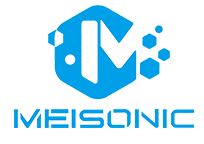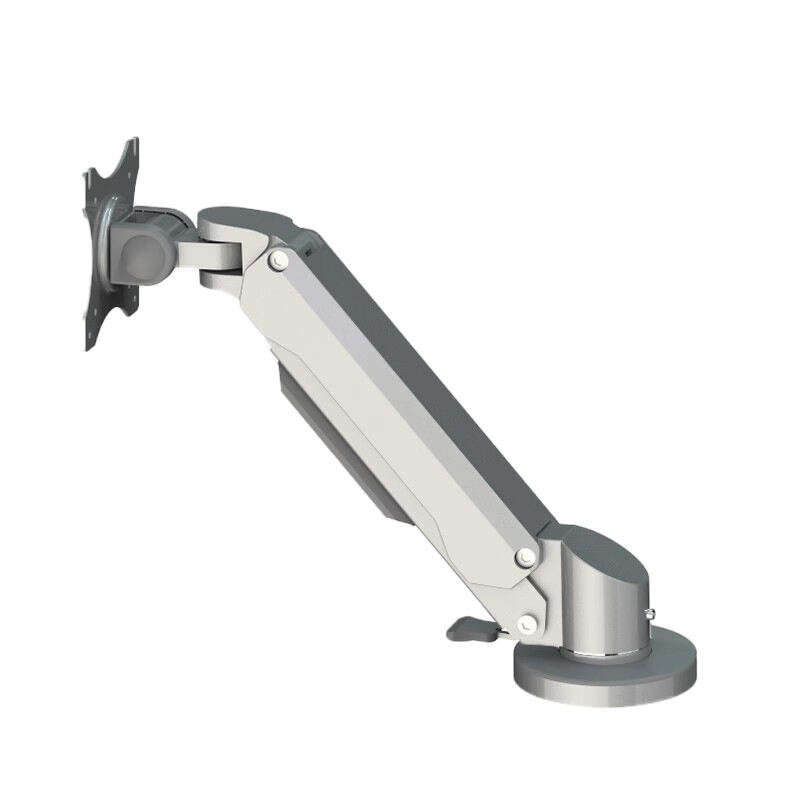The Critical Role of Workspace Design in Healthcare Provider Safety
Healthcare environments demand peak performance from medical professionals, yet the physical strain of daily tasks often leads to debilitating musculoskeletal disorders. Modern healthcare facilities are recognizing that ergonomic medical monitor arms represent a crucial investment in protecting their most valuable asset – their clinical staff. These sophisticated mounting solutions are transforming how healthcare providers interact with essential display technology while safeguarding their physical wellbeing.
The traditional fixed mounting of medical monitors has long been a source of physical stress for healthcare workers, forcing them into awkward positions and repetitive movements that can result in chronic pain and injury. By implementing ergonomic medical monitor arms, facilities are creating more adaptable workspaces that accommodate the dynamic nature of clinical work while prioritizing staff comfort and health.
Understanding Ergonomic Design in Healthcare Settings
Core Principles of Medical Workspace Ergonomics
The science of ergonomics in healthcare focuses on optimizing the relationship between clinicians and their work environment. Ergonomic medical monitor arms embody these principles by providing customizable positioning, smooth movement, and stability. These features allow healthcare providers to maintain neutral postures while viewing vital patient information, reducing the risk of muscle strain and repetitive stress injuries.
Professional ergonomists emphasize the importance of equipment that adapts to individual users rather than forcing users to adapt to fixed equipment. This personalization is particularly crucial in healthcare settings where multiple staff members may use the same workstation throughout different shifts.
Impact of Poor Monitor Positioning on Clinical Staff
Improper monitor placement can lead to a cascade of physical problems for healthcare workers. Neck strain from constant looking up or down, shoulder tension from reaching for poorly positioned screens, and eye strain from improper viewing angles are common issues. These problems not only affect individual health but can also impact patient care quality and overall healthcare delivery efficiency.
Studies have shown that healthcare providers working with poorly positioned monitors often develop chronic musculoskeletal disorders, leading to increased sick leave and potentially shortened careers. The financial impact on healthcare institutions includes both direct medical costs and indirect costs from reduced productivity and staff turnover.

Benefits of Implementing Ergonomic Monitor Solutions
Enhanced Clinical Workflow Efficiency
Ergonomic medical monitor arms facilitate smooth transitions between sitting and standing positions, enabling clinicians to maintain optimal viewing angles regardless of their working posture. This flexibility supports natural movement patterns and allows healthcare providers to focus on patient care rather than struggling with rigid equipment configurations.
The ability to easily adjust monitor positions also promotes collaboration among healthcare team members, as screens can be quickly repositioned for group viewing during consultations or handovers. This enhanced mobility contributes to more efficient clinical workflows and improved communication among staff.
Long-term Health Protection Measures
Investment in ergonomic medical monitor arms represents a proactive approach to staff health protection. These systems help prevent the development of work-related musculoskeletal disorders by enabling proper posture and reducing physical strain during extended computer use. The long-term benefits include decreased injury rates, reduced workers' compensation claims, and improved staff retention.
Healthcare facilities that prioritize ergonomic solutions often report higher staff satisfaction levels and lower rates of physical complaints among their clinical teams. This preventive approach to staff health protection ultimately contributes to better patient care outcomes and operational efficiency.
Implementation Strategies for Healthcare Facilities
Assessing Workspace Requirements
Successful implementation of ergonomic medical monitor arms begins with a thorough assessment of workspace requirements. This includes evaluating the physical layout of clinical areas, understanding staff workflow patterns, and identifying specific mounting challenges. Facilities must consider factors such as wall structure, desk space, and cable management to ensure optimal installation.
Professional ergonomic assessments can help determine the most appropriate monitor arm solutions for different clinical settings. These evaluations should account for various user heights, working positions, and specific task requirements to ensure the selected systems meet all staff needs.
Training and Adjustment Guidelines
Proper training ensures that staff members can fully utilize the features of ergonomic medical monitor arms. This includes instruction on height adjustment, tilt angles, and proper positioning for different tasks. Regular refresher training sessions help maintain awareness of ergonomic principles and ensure consistent proper use of the equipment.
Healthcare facilities should develop clear guidelines for monitor arm adjustment and maintenance, including regular checks for stability and movement smoothness. Documentation of proper setup procedures helps maintain consistency across shifts and departments.
Future Trends in Medical Ergonomics
Technological Advancements
The evolution of ergonomic medical monitor arms continues with innovations in materials and design. New technologies are enabling lighter, more durable arms with enhanced adjustment capabilities and integrated cable management systems. Smart features such as position memory and automated adjustment are emerging to further improve user experience.
Future developments may include integration with workplace wellness monitoring systems, providing data on usage patterns and suggesting posture improvements. These advancements will contribute to more comprehensive approaches to staff health protection.
Regulatory Compliance and Standards
Healthcare facilities must stay informed about evolving ergonomic standards and regulations. Industry guidelines for medical monitor positioning and workspace design continue to develop, reflecting new research and best practices. Compliance with these standards not only protects staff health but also helps facilities maintain accreditation and avoid regulatory issues.
Organizations should regularly review their ergonomic policies and equipment specifications to ensure alignment with current standards and recommendations for healthcare workplace safety.
Frequently Asked Questions
What features should healthcare facilities look for in ergonomic medical monitor arms?
Healthcare facilities should prioritize monitor arms with smooth height adjustment, 360-degree rotation capability, sturdy construction for medical equipment support, easy cleaning surfaces, and cable management systems. Additional important features include quick-release mechanisms for monitor changes and compliance with healthcare facility cleaning protocols.
How do ergonomic monitor arms contribute to infection control?
Ergonomic medical monitor arms with smooth surfaces and minimal crevices are easier to clean and disinfect. Many models feature antimicrobial coatings and are designed to withstand frequent cleaning with hospital-grade disinfectants, supporting infection control protocols while maintaining functionality.
What is the return on investment for implementing ergonomic monitor solutions?
The ROI for ergonomic medical monitor arms can be measured through reduced worker compensation claims, decreased staff absenteeism, improved productivity, and enhanced staff retention rates. While the initial investment may be significant, the long-term benefits typically outweigh the costs through improved operational efficiency and reduced injury-related expenses.





